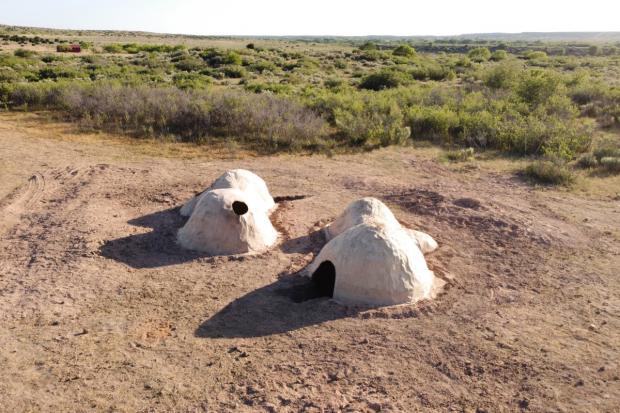
Breaking News
 Quantum walkie-talkie: China tests world's first GPS-free radio for border zones
Quantum walkie-talkie: China tests world's first GPS-free radio for border zones
 RIGHT NOW!: Why was lawyer Van Kessel, of the civil case on the merits in the Netherlands, arrested?
RIGHT NOW!: Why was lawyer Van Kessel, of the civil case on the merits in the Netherlands, arrested?
 PENSION FUNDS PANIC BUYING SILVER – Ratio Below 60 Triggers $50B Wave (Danger Next Week)
PENSION FUNDS PANIC BUYING SILVER – Ratio Below 60 Triggers $50B Wave (Danger Next Week)
 Dollar set for worst year since 2017, yen still in focus
Dollar set for worst year since 2017, yen still in focus
Top Tech News
 EngineAI T800: Born to Disrupt! #EngineAI #robotics #newtechnology #newproduct
EngineAI T800: Born to Disrupt! #EngineAI #robotics #newtechnology #newproduct
 This Silicon Anode Breakthrough Could Mark A Turning Point For EV Batteries [Update]
This Silicon Anode Breakthrough Could Mark A Turning Point For EV Batteries [Update]
 Travel gadget promises to dry and iron your clothes – totally hands-free
Travel gadget promises to dry and iron your clothes – totally hands-free
 Perfect Aircrete, Kitchen Ingredients.
Perfect Aircrete, Kitchen Ingredients.
 Futuristic pixel-raising display lets you feel what's onscreen
Futuristic pixel-raising display lets you feel what's onscreen
 Cutting-Edge Facility Generates Pure Water and Hydrogen Fuel from Seawater for Mere Pennies
Cutting-Edge Facility Generates Pure Water and Hydrogen Fuel from Seawater for Mere Pennies
 This tiny dev board is packed with features for ambitious makers
This tiny dev board is packed with features for ambitious makers
 Scientists Discover Gel to Regrow Tooth Enamel
Scientists Discover Gel to Regrow Tooth Enamel
 Vitamin C and Dandelion Root Killing Cancer Cells -- as Former CDC Director Calls for COVID-19...
Vitamin C and Dandelion Root Killing Cancer Cells -- as Former CDC Director Calls for COVID-19...
 Galactic Brain: US firm plans space-based data centers, power grid to challenge China
Galactic Brain: US firm plans space-based data centers, power grid to challenge China
Experimental shelters sport paper-thin walls – literally

The team mixed strips of recycled paper and non-toxic glue to create pair of prototype shelters in rural Texas.
The project is named Agg Hab (short for Aggregate Habitat) and was created by i/thee and the Roundhouse Platform for the Oaks Creek Residency, an artist residency on a farm in the Texas Panhandle.
Each shelter measures roughly 20 x 8 ft (6 x 2.4 m), and was made using around 200 liters (50 gal) of non-toxic glue and 270 lb (122 kg) of recycled paper. The team reckons it's probably one the world's largest self-supporting papier-mâché structures and the construction process will be familiar to anyone who has experimented with with the stuff before.
"The process of construction started with the digging of two mirrored, convexo-concave holes, each 4.5 ft [1.3 m]," explains i/thee. "These holes were then cast with multiple layers of an organic, papier-mâché mixture consisting of various recycled papers and non-toxic glues. Next, the casts were removed from their respective holes and flipped over to form duplicate, bulbous, paper shells, measuring 4 mm [0.15 in] thick and spanning over 20 ft [6 m]. Finally, the shells were each moved on top of the adjacent formwork, letting the inverted form of one hole become a paraboloid cap to the other that encloses the structure. Thus, a 4.5 ft [1.3 m] hole becomes a 9 ft [2.7 m] tall interior space."



